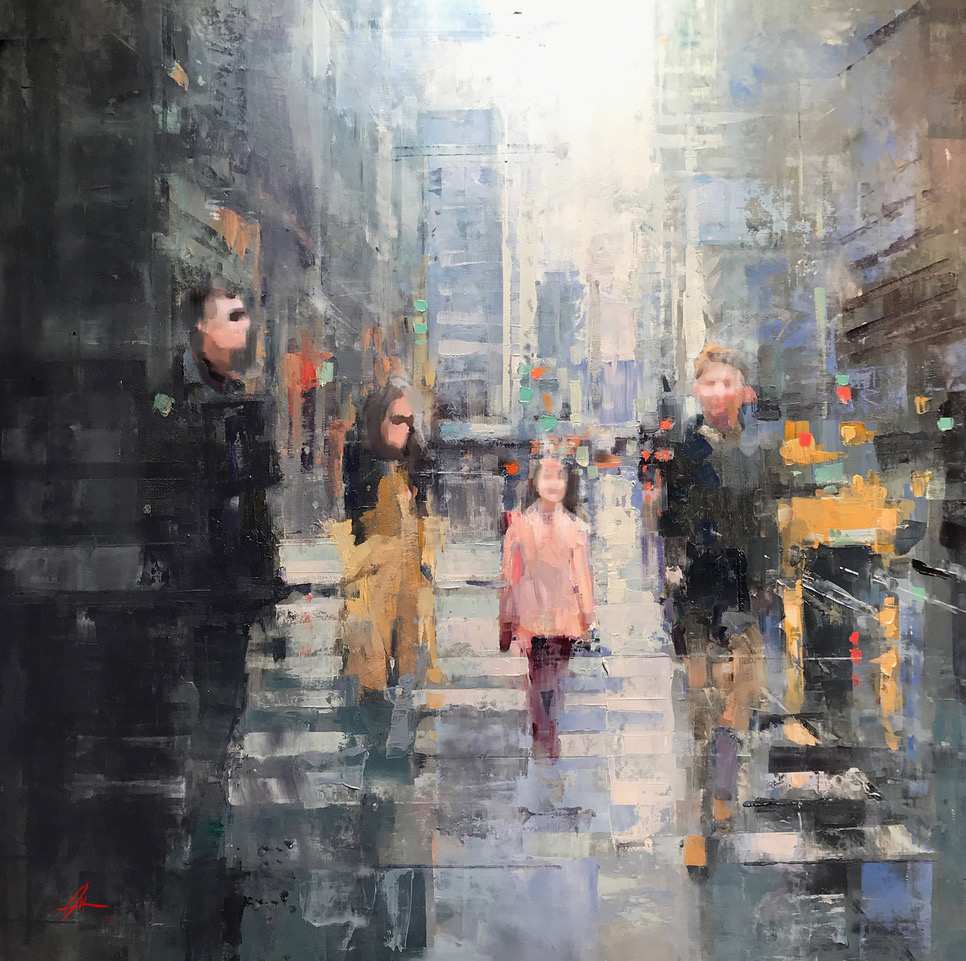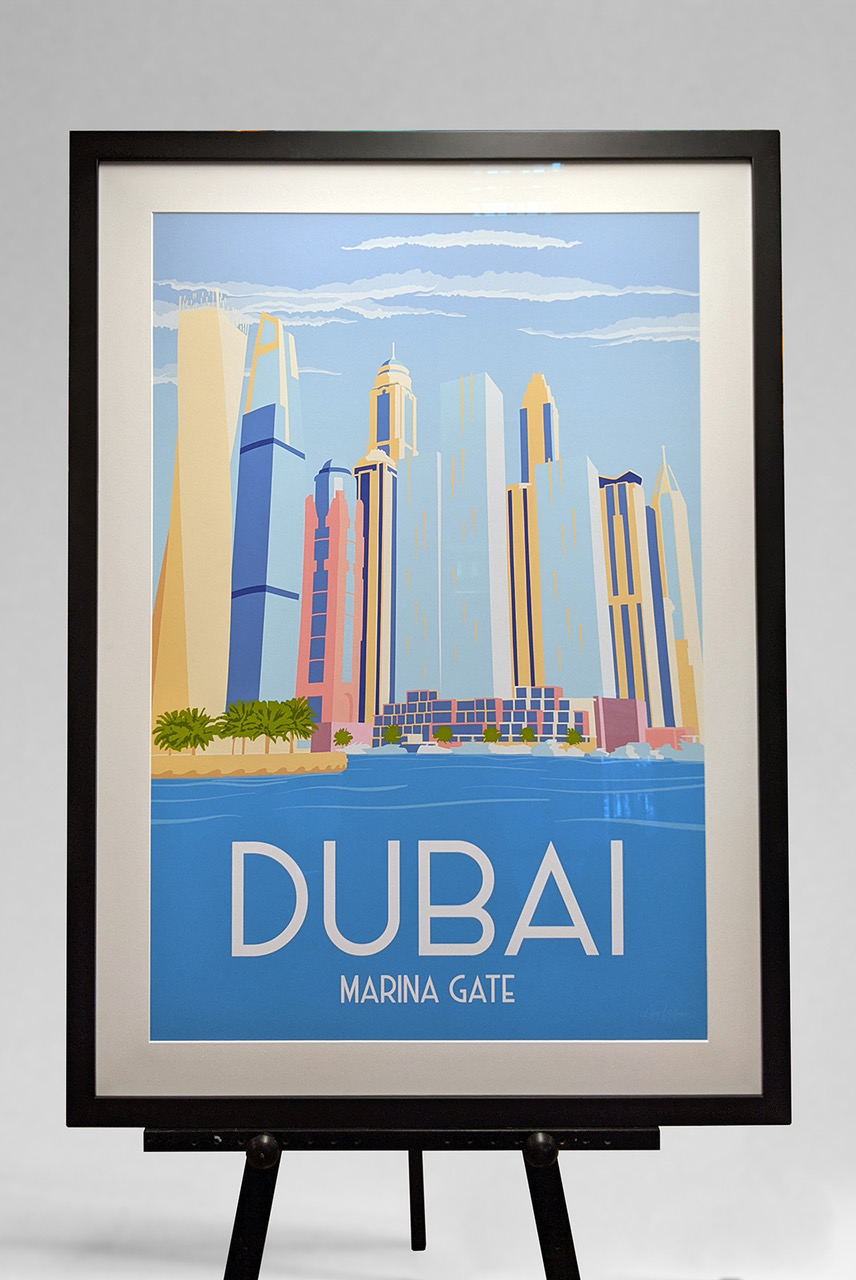
Choosing a piece of art for your home has always been a time-consuming, perhaps slightly judged experience. What does a piece of art say about a person? Indeed, one’s tastes and style are on display for all to see and comment on. So how should we choose a piece of art?
Art gallery owner Richard Williamson of Mckay Williamson Gallery talks to 7 Star Life about soulful art, and connecting to art in new ways, that frankly seem to have alluded most people.
Since Andy Warhol’s factory became a cultural force, the top end of the art world has not only become jaw-droppingly expensive, the bottom end has become more accessible and filled with talent. From the Affordable Art Fair to Saatchi’s e-commerce juggernaut, it’s no longer unusual to see original oil paintings in someone’s home any more.
So how to choose what to buy? Williamson asks clients to think about the purpose of art itself.
“Mostly the art world, collectors, other galleries have bought into the notion of celebrating the journey of the artist, the unique brilliance of Van Gogh or Dali or Warhol or Banksy. And whilst I acknowledge their genius, outside of .1% of the artists and buyers out there, there are more resonant pieces of work, pieces which will be truly meaningful to the buyer. Your first question for a work of art should be, does it move me?” comments Richard Williamson

If you are looking to buy art, here are a few tips from Mckay Williamson, where potential newbie art buyers can start and what their best pragmatic tips are? that they ask their clients to consider, before they start to buy art:
How to Tell if You Own The Wrong Art?
Most of us have something on our walls already. The first step is a critical look at what you own.
- Did you inherit it from your younger self? – so many of us buy pieces in our 20s which, later in life, are only in our life out of lazy momentum. Do you still love it? If not, donate it to your local charity shop!
- Does it remind you of a staid hotel or corporate lobby? Most corporate art is renowned for being liked by everyone, loved by no one. Art shouldn’t be neutral. Give yourself permission to love your art.
- Do you still notice it, or has it become part of the wallpaper? Even if you love a piece, it can fade into mental obscurity. Either reframe it, or start a process of rotating your art. Just by moving pieces around occasionally, it breathes new life into them.
- If the house was on fire and everyone was safe, would you at least consider saving it? The ultimate test. If you wouldn’t consider trying to save it, it’s not art – it’s decoration. Donate it to charity.

Ok, so what should I buy, we hear you ask?
From Williamson, “I often ask clients about the most important periods in their life. For the sake of illustration, let’s say they mention a place which was significant. I might suggest a cityscape or landscape of that place. We then find an artist whose style they like and either purchase or commission a painting of that place. Visitors have no idea it’s a commission piece but, for the client, they have something soulfully profound.”

How much should you invest? Again, from Williamson, “I would first ask if they are making an emotional or a financial investment? If they say the former, we represent dozens of artists whose work is under £10k, many under £4k, and the calibre of art at this level is phenomenal. One doesn’t have to break the bank. If they want a financial investment, too, I will only recommend artists who have a certain sort of track record. This is usually going to mean £10k+.”

And what does he think of buying art remotely? Williamson thinks it’s practically impossible to know what you’re really going to get. “You can’t see the brush strokes, or feel the piece, when viewing it digitally. I’ve seen ‘paintings’ sold online which, in person, were clearly a fancy digital print job. Of course, there’s a place for technology – we often start online, clients complete our Art-I-Love Review, which helps us get to know them to recommend the right pieces. It takes a bit more time, you can’t just plop down your credit card and buy something truly personal. But art lasts forever, so I think it’s worth it.”
And what about Frieze. Does Williamson think its all hype? “No, I love Frieze – I go every year. There are important, pioneering ideas. But it’s a bit like watching one of Simon Cowell’s tv programmes. Some are amazing, some are horrendous, and in reality, very, very few are ever going to live up to the Frieze narrative. Most will never have a bigger moment than that moment at Frieze. It’s very entertaining.”
